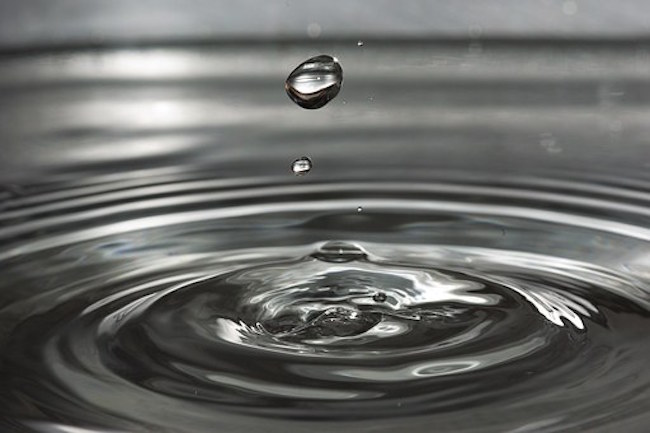Los Angeles to recycle BIOSLUDGE into tap water; Angelenos will soon be drinking recycled human waste from the tap by: Ethan Huff for Natural News
As part of a new water conservation plan, the city of Los Angeles and numerous other water districts throughout Southern California are proposingrecycling sewer water back through people’s taps.
That recycled water would be filtered, of course. But “direct potable reuse,” as they are calling it, is still essentially biosludge water that could contain trace levels of sewage and other chemicals that do not get captured in the filtration process.
“This differs from indirect potable reuse, where water spends time in a substantial environmental barrier such as an underground aquifer or in a reservoir,” reported the Los Angeles Times about the concept.
Also known as “toilet to tap,” the technology has been around since the late 1990s, with some areas using biosludge water for groundwater replenishment. That water would be put back into the ground, filtered naturally through sediment, and later pumped into homes and businesses.
Over the years, there have been lawsuits concerning the safety of toilet to tap water and what it might be doing to the environment. (Related: Check out our earlier coverage about how the government is lying about the safety of biosludge.)
But because of ongoing drought problems, some are pushing to make toilet to tap the norm throughout Southern California – including Brad Coffey of the Metropolitan Water District of Southern California.
“There’s been a public health legacy where sanitary engineering practices and regulators considered sewage a waste, it was something to be avoided, something to be feared,” Coffey is quoted as saying.
“Now that we have the technology … the public, the regulators, the scientific community has much greater confidence in our ability to safely reuse that water supply.”
California’s first approved direct potable reuse project to be located in Los Angeles
Whatever is decided will not happen until next year, more than likely. The State Water Resources Control Board has been tasked by legislators with coming up with a plan for uniform regulations on direct potable reuse by Dec. 31, 2023, which means there is still time for people to oppose it.
The city of Los Angeles, meanwhile, is already setting up projects to have things ready to go the moment the trigger is pulled, suggesting that California will, in fact, approve toilet to tap for general use.
A demonstration facility for direct potable reuse is already set up near the Headworks reservoir just north of Griffith Park in Los Angeles. If approved, it will be the state’s first direct potable reuse project, according to Jesus Gonzalez, manager of water recycling policy at the Los Angeles Department of Water and Power.
A nearby facility in Glendale is already producing recycled water, but none of it is yet being added to the drinking water supply – just to outdoor watering projects. For now, the Headworks reservoir project is just a proof of concept for what could soon be a reality.
“This is going to be the future of L.A.’s water, the future of the state’s water supply,” Gonzalez said.
Within the next five years, Gonzalez expects the Headworks facility to become fully operational – pumping biosludge water into people’s coffee pots, bathtubs and dishwashers.
By 2035, according to L.A. Mayor Eric Garcetti, 100 percent of the city’s wastewater will be recycled back through people’s taps. This will be made possible using the Hyperion Water Reclamation Plant, which currently only treats wastewater for release into Santa Monica Bay.
The goal is to transform the Hyperion Water Reclamation Plant into an advanced purification facility that supposedly produces water that is clean enough to drink straight out of the tap.




